Even if a 10 or 20 year old 35mm SLR camera could recognise RF though the DX code, it would most likely be limited to the film database programmed into the camera at the time of manufacture. If so, how many currently available 'modern/improved' film emulsions would it recognise today, bearing in mind there's no way of updating the software on the T90 (or even the EOS3, which I believe was one of the last 'electronic' pro-grade 35mm SLRs offered for sale)? It's a nice idea, but it's perhaps just as well they never did it, as it probably wouldn't be much use these days.







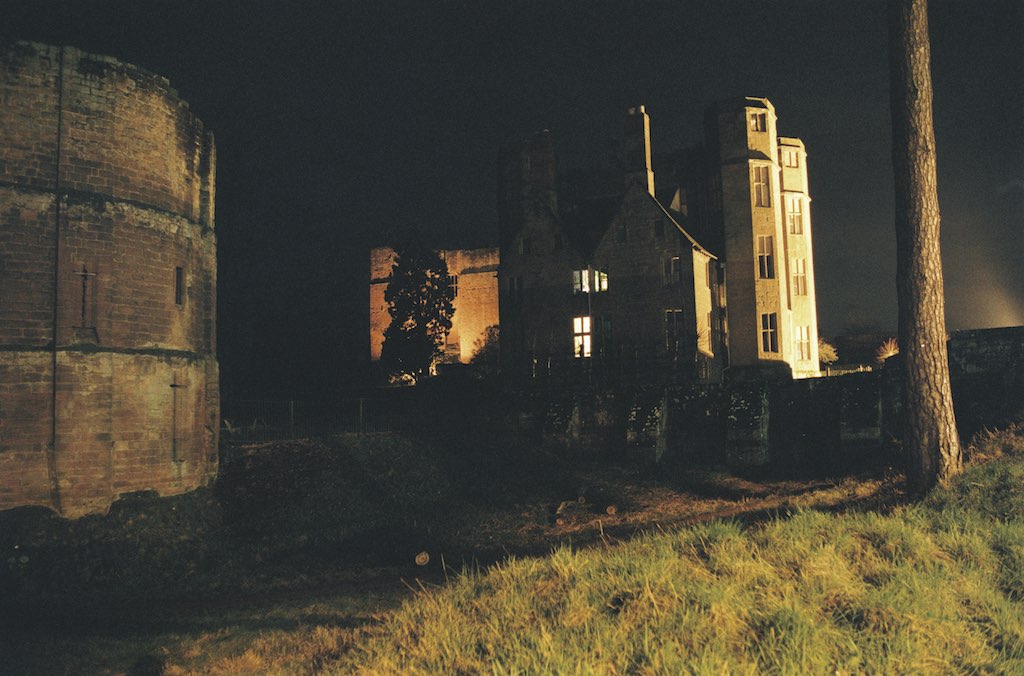 R1-04670-0022
R1-04670-0022

 The-Joiner2
The-Joiner2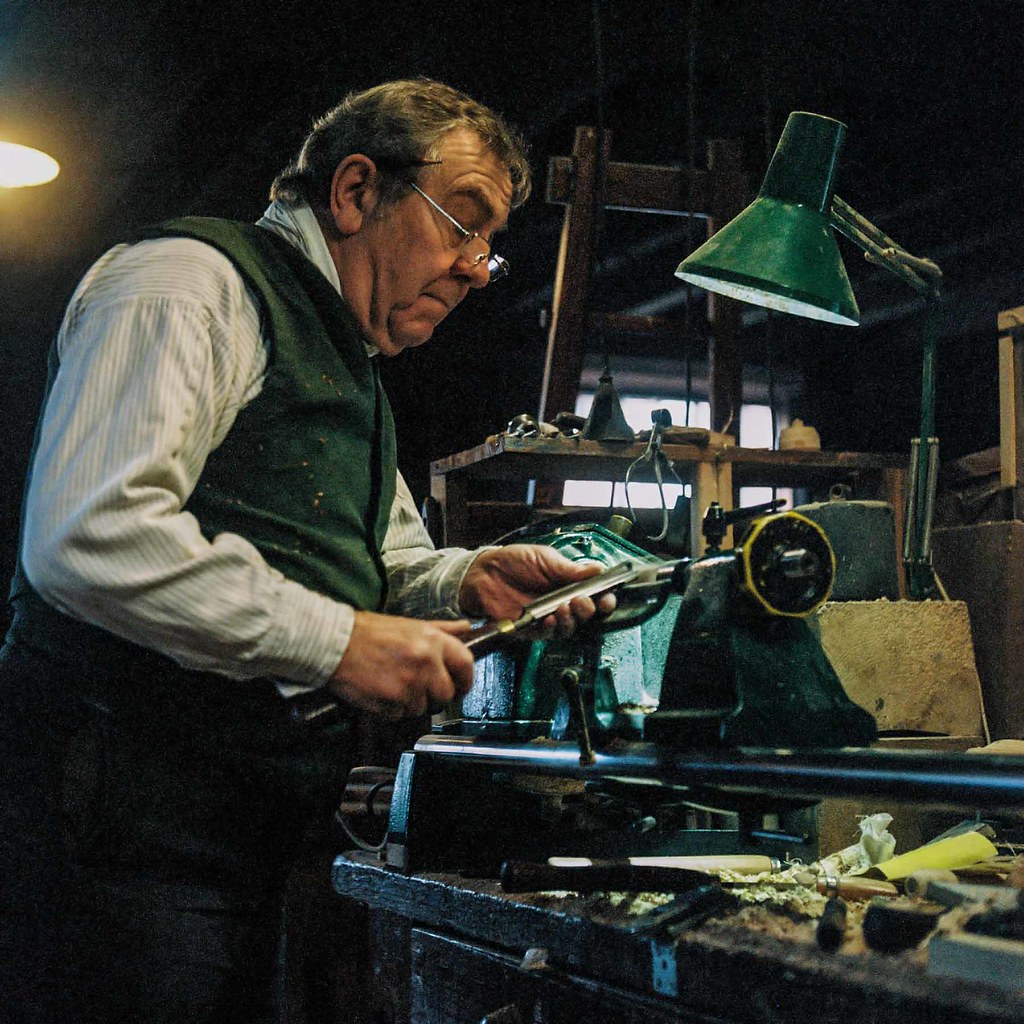 The-Joiner1
The-Joiner1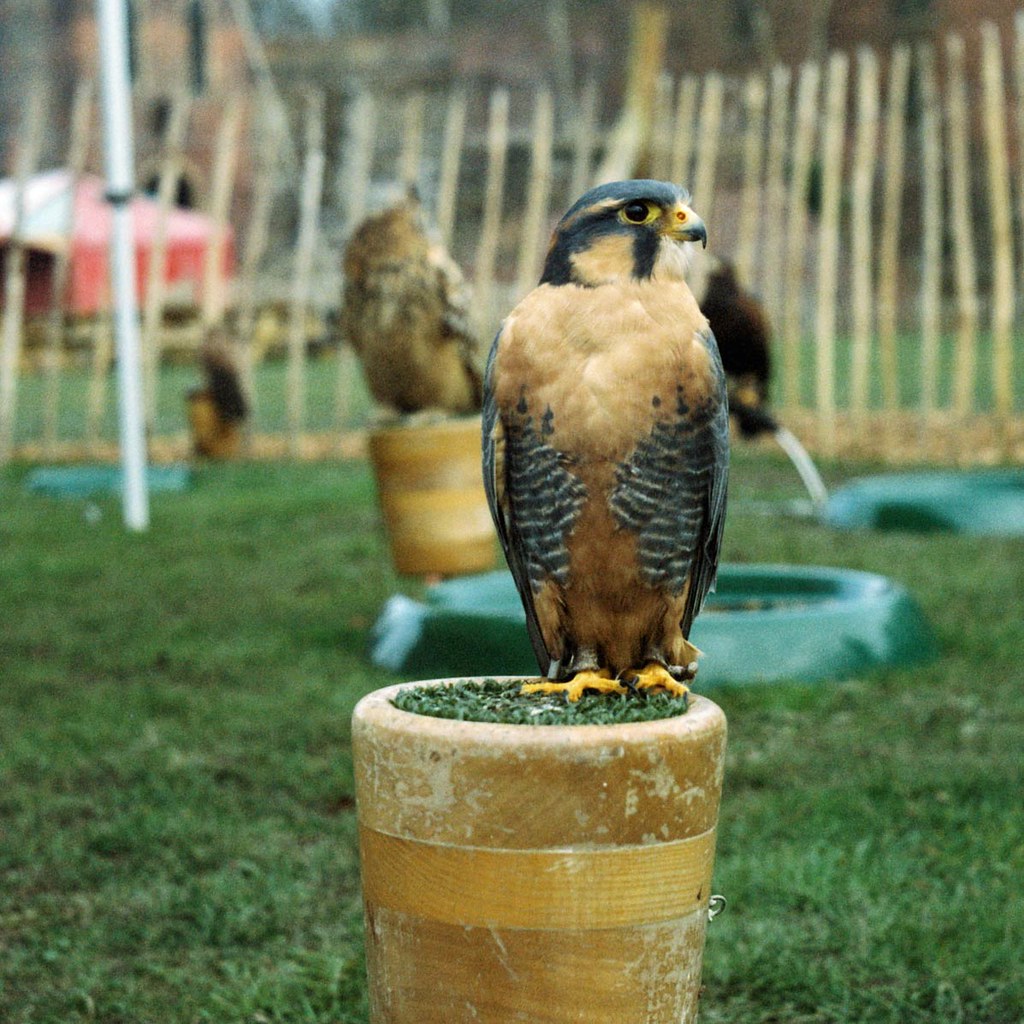 Aplomado-Falcon
Aplomado-Falcon Chilean-Blue-Eagle
Chilean-Blue-Eagle Harris-Hawk2
Harris-Hawk2 LMH-Front-Door
LMH-Front-Door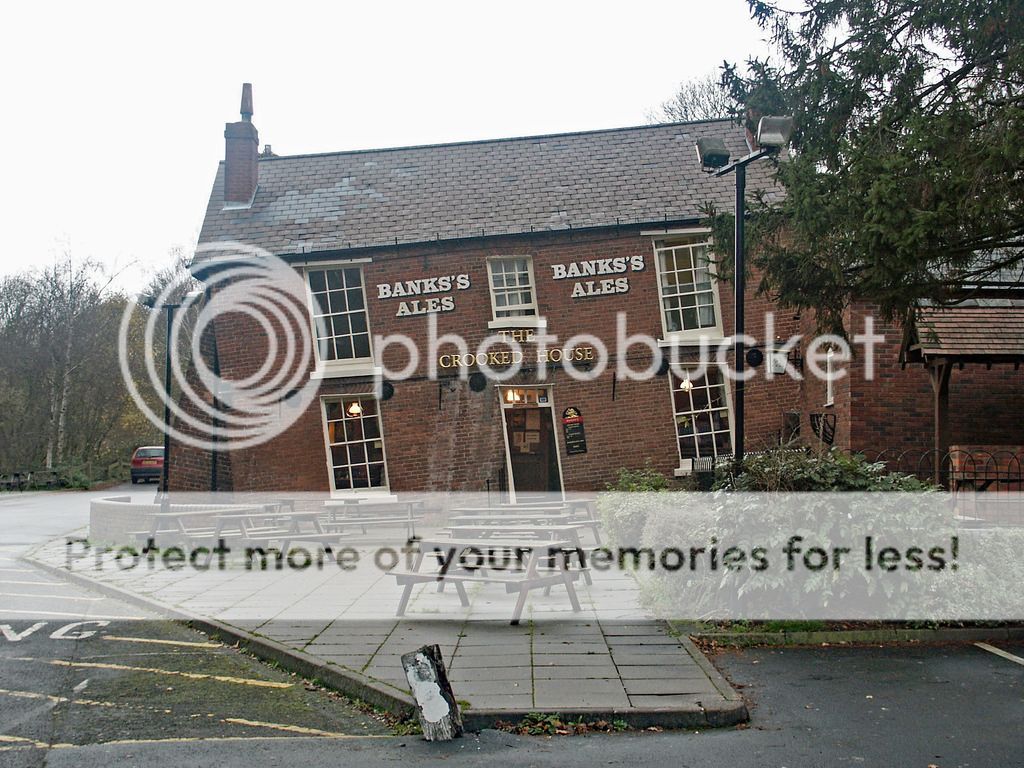



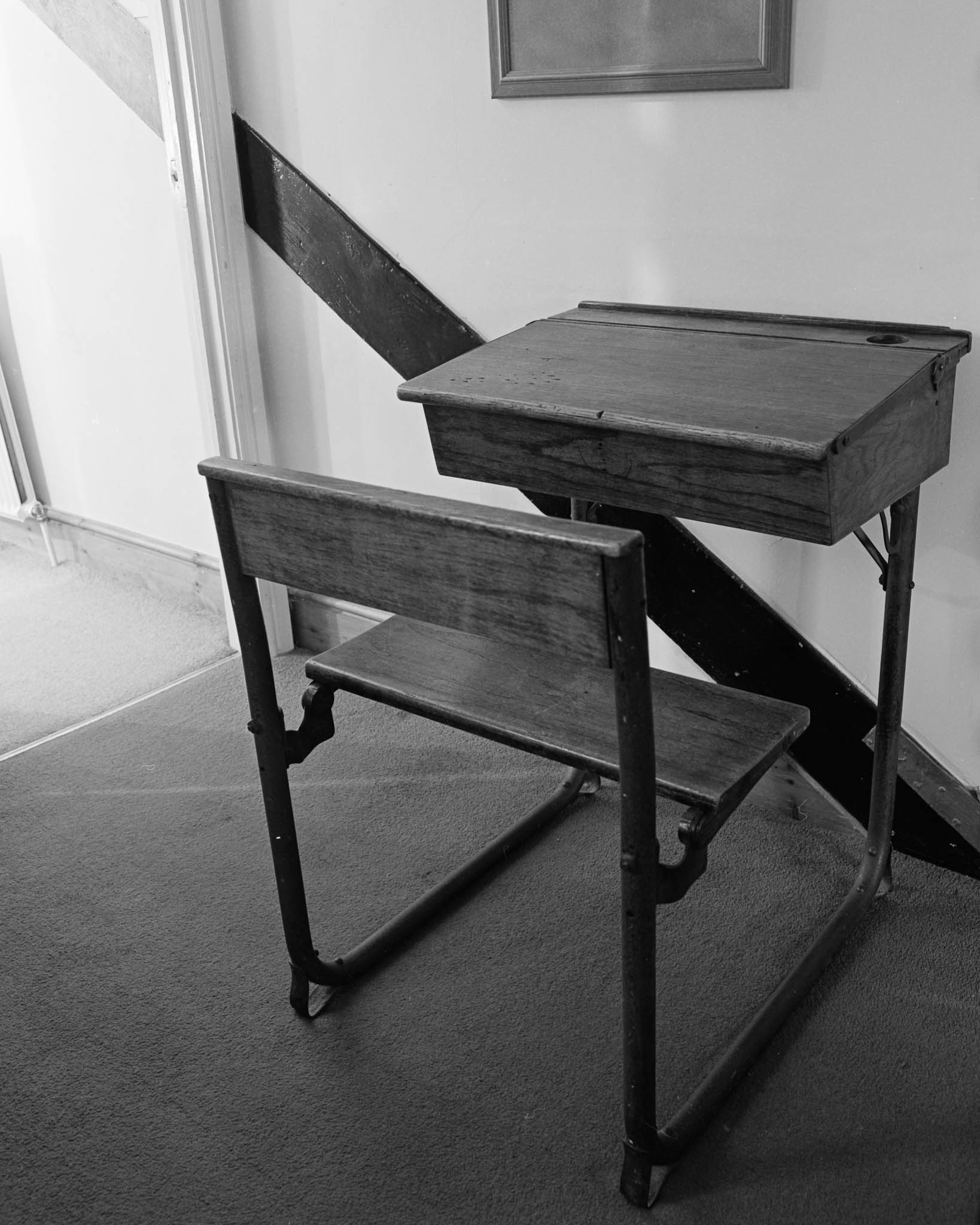 2016-10-FP4-RB67039
2016-10-FP4-RB67039 2016-10-FP4-RB67038
2016-10-FP4-RB67038